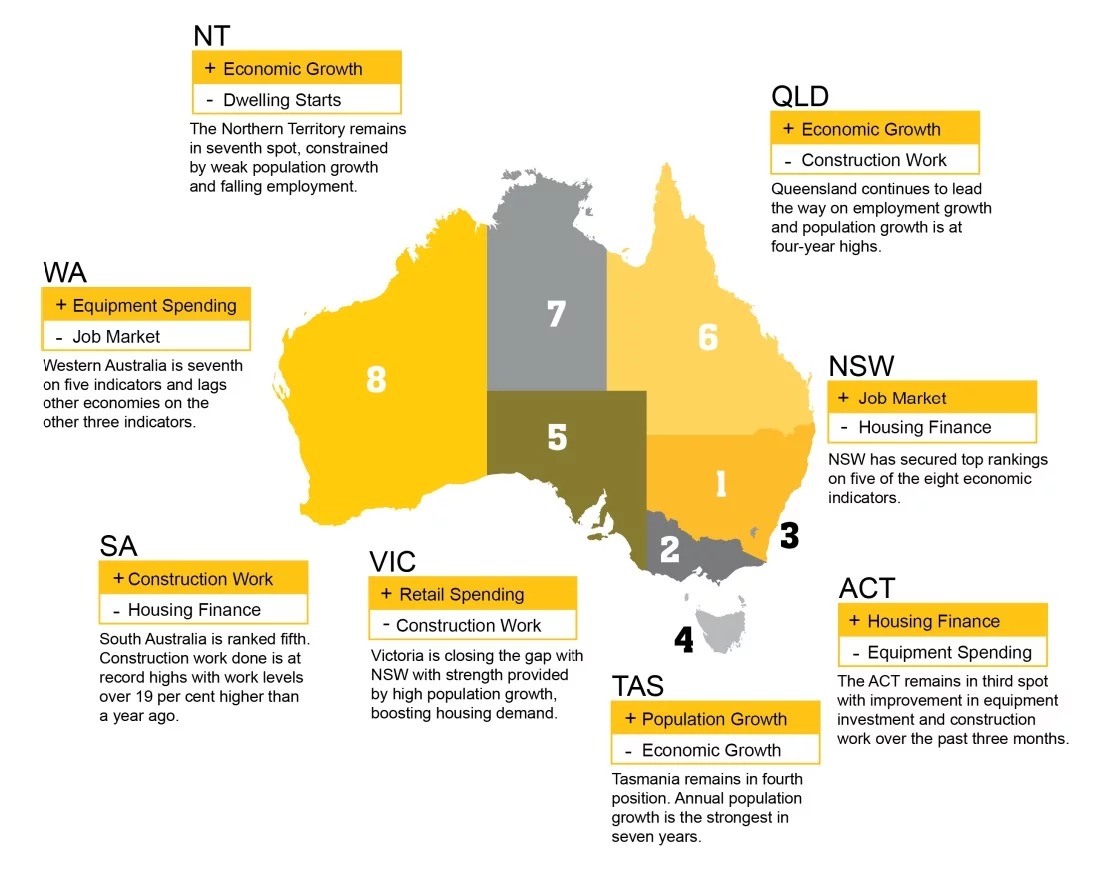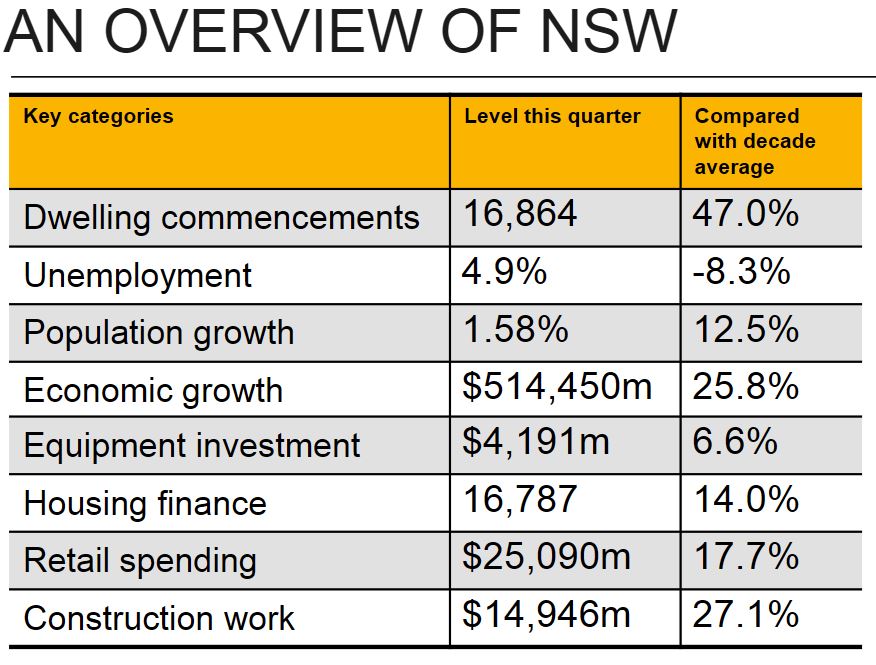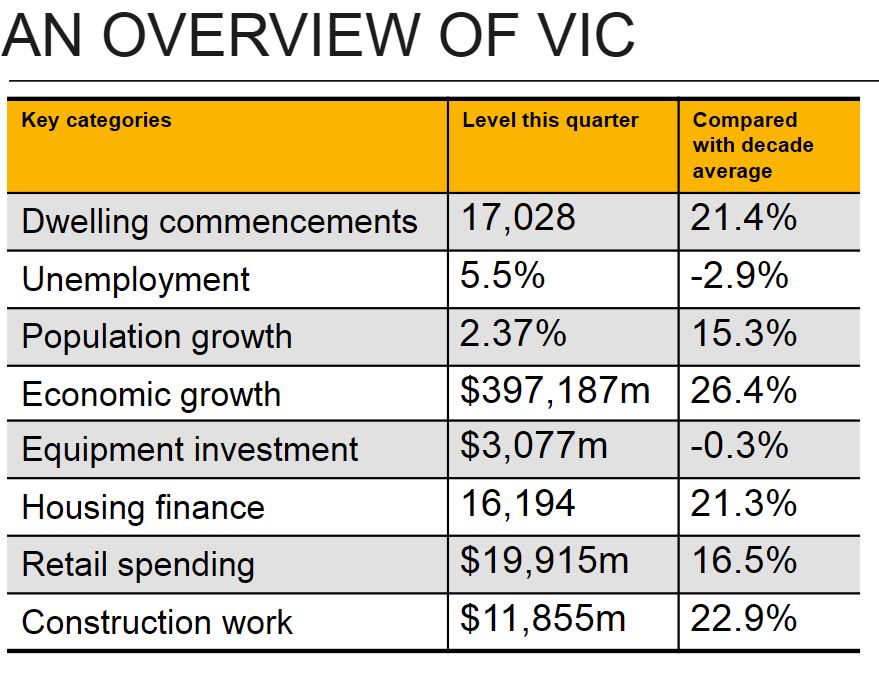Victoria Catching Up to NSW as Australia’s Best Economy
New South Wales remained the top economic performer in Australia with Victoria closing the gap, according to CommSec’s latest State of the States report.
New South Wales retained the top spot on five of the eight economic indicators – retail trade, dwelling starts, equipment investment, construction work and unemployment – and Victoria strengthened its position at number two thanks to high population growth and an unemployment rate almost three per cent below the decade average.
The ACT followed in third place, experiencing the highest annual home loan growth nationally.
Related reading: Capital City Housing Prices Clock First Annual Fall in Five Years
“The latest data shows Australia’s economies to be in good shape but there are broad differences in relative performance, especially with respect to population growth and housing activity,” CommSec chief economist Craig James said.
"New South Wales maintained the top spot on the retail rankings and also led the nation with construction work at record highs. The state also saw trend unemployment 8.3 per cent below the decade average.
"High population growth and improvement in the job market have strengthened Victoria’s position. The latest December quarter wage growth figures also shows that Victoria leads the nation, with wages up 2.4 per cent.
Related reading: Sydney Still the Most Expensive Rental Market Despite Weakening Growth

"The ACT has seen the strongest annual growth of home loans, up 8.4 per cent, with the number of commitments up by 28 per cent on the long-term average," Craig said.
Tasmania remained in fourth position and continues to benefit from faster relative population growth. Annual population growth of 0.72 per cent is 32.5 per cent above the decade-average rate.
"There were a couple of stand outs in Tasmania: equipment investment was at 5-year highs in trend terms, and home building starts are up 29.1 per cent on a year ago – the fastest growth in two and a half years," Craig said.

In terms of annual growth of real retail trade, South Australia is ranked second, up 4.0 per cent. But on the other side of equation, South Australia’s population growth rate was below decade averages, down 33 per cent.
Queensland remained in sixth position, but the outlook was “promising” with population growth at 4-year highs. Its annual employment rate was up 4.3 per cent, growing at a higher rate than the ACT and NSW.
Related reading: Property Prices Will Fall 8% in 2018: Morgan Stanley

The economic performance of Western Australia continued to face challenges with the transition of resource projects moving from the production to the export phase. Western Australia was seventh on five indicators and lags other economies on the other three indicators.
"The good news is that home building in Western Australia continues to lift from four-and-a-half-year lows. In addition, stronger export activity in the Western Australian economy is boosting incomes,” Craig said.
Each state and territory economy was assessed on eight key indicators: Economic growth, retail spending, business investment, unemployment, construction work, population growth, housing finance and dwelling commencements.














